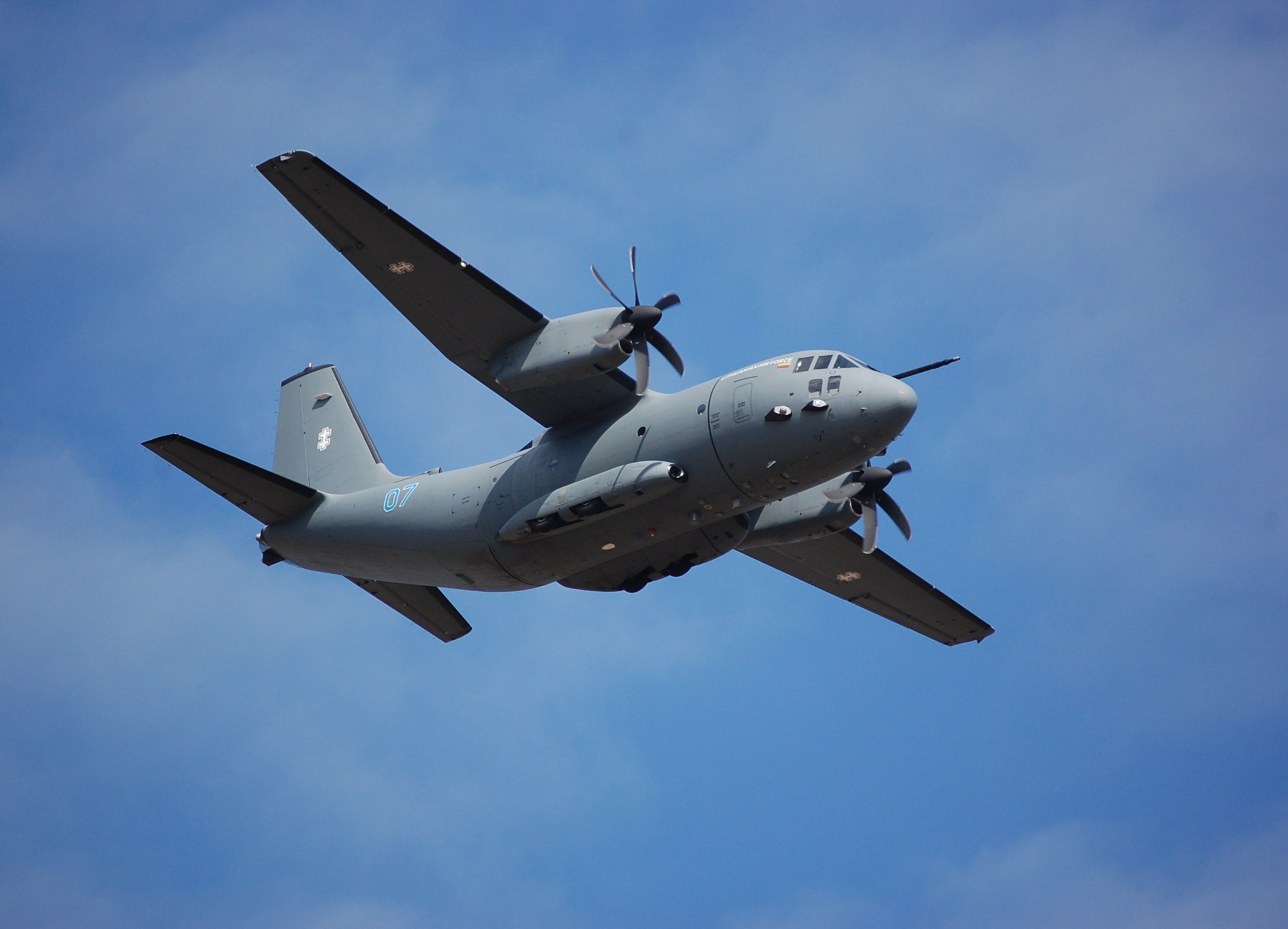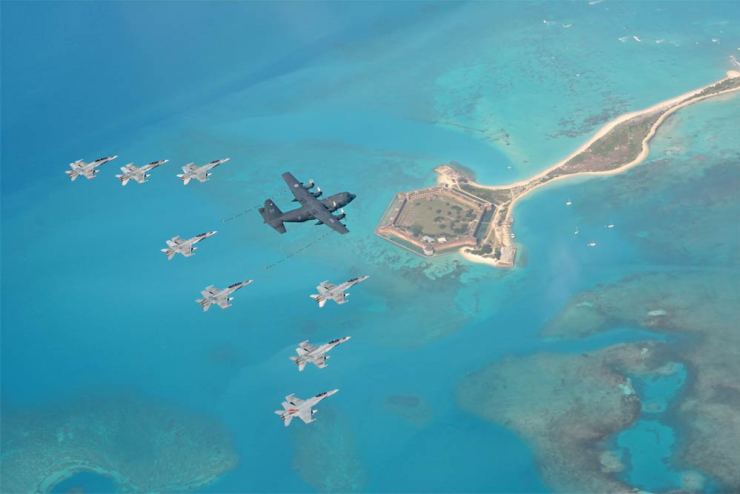As part of his first visit to Western Canada in his capacity as Chief of the Air Force Staff and commanding officer of the Royal Canadian Air Force (RCAF), Lieutenant-General Michael Hood spoke on March 17, 2016, about the theme of “Airpower, the Canadian Way” at the University of Calgary’s School of Public Policy. LGen Hood, whose appointment was previously profiled by the NATO Association of Canada, assumed command in July 2015, at a time when the RCAF was actively engaged in combat operations against the Islamic State of Iraq and al-Sham (ISIS) as well as struggling to find replacements for Canada’s aging CF-18 fighters and fixed-wing search-and-rescue (FWSAR) aircraft. Since then, Canadian airstrikes against ISIS have ended, FWSAR procurement is progressing well, but Canada’s tactical fighter fiasco continues.
LGen Hood’s Calgary speech covered a wide range of topics, and he described it as a first foray into engaging academia and the public in an upcoming defence policy review. The newly elected Liberal government in Ottawa wishes to revisit the Canada First Defence Strategy (CFDS), which was originally introduced under Prime Minister Stephen Harper in 2006. Anticipating such a move, the NATO Association of Canada also submitted a working paper, Matching Reality with Necessity: A Defence Policy to 2025, to relevant policymakers in January 2016.
The RCAF commander noted that, while the combat mission against ISIS has concluded, “much of what we do flies under the radar.” He noted that the surveillance and defence of North American airspace under the auspices of the North American Aerospace Defence Command (NORAD) is currently the most prominent task for the RCAF, and Canada retains the capacity to respond to any threat in its airspace within 15 minutes. “I also take great pride and pay great attention to our air search and rescue (ASAR) role,” he added. Although the ground component of search and rescue operations remains the purview of the Royal Canadian Mounted Police (RCMP) and provincial police forces, as well as the Canadian Coast Guard in some cases, the RCAF plays an important role from overhead.
Sometimes, LGen Hood observed, Canadians do not fully appreciate the immensity of the RCAF’s jurisdiction. For example, Calgary is closer to Alert, Nunavut than it is to St. John’s, Newfoundland. This underscores just how complex RCAF logistics can be, whether that is a re-directing assets for expeditionary operations, such as Unified Protector and the NATO-led intervention in Libya, or ensuring adequate patrols of Canada’s Arctic. Despite the geographic challenges, Canada has consistently been among the quickest to respond to calls for assistance internationally. The RCAF commander said he took particular pride in Canada’s response to Typhoon Haiyan, which devastated portions of the Philippines and other Southeast Asian countries in November 2013. The United States was the first to deploy disaster relief assistance teams thanks to a network of bases in Guam and Japan, but LGen Hood noted that Canada was among the first three countries to arrive. “This agility of deployment is vital to achieving Canadian foreign policy objectives.”
Regarding procurement issues, LGen Hood informed the audience, “I am planning for the RCAF of 2030. You need a lot of lead time on these things – that’s just how procurement works.” He acknowledged that this can be very challenging, since some security threats cannot be anticipated. “I have to conceive of the design of the iPhone 12 while I am holding an iPhone 6 in my hand.” He rejected the idea, however, that the federal government is faced with a choice between new ships for the Royal Canadian Navy (RCN) and new tactical fighters for the RCAF. “There is funding to go around for all branches and we can find a way to make both work.”
LGen Hood noted that he has been confronted by some who feel the National Shipbuilding Procurement Strategy (NSPS) should be prioritized above all other defence procurement projects, to which he responds jokingly, “Sure, 70% of the Earth’s surface is covered in water and only 30% is land. But air covers 100%!” On a final point regarding procurement, LGen Hood said that partnerships between the RCAF and the Canadian aerospace industry can create jobs at a challenging time for the Canadian economy: “The anti-submarine warfare suite on some of our Lockheed CP-140 Auroras is word-class. There is no reason why we can’t look at putting that on a C-series jet and place it on the market.”
Looking ahead to future missions, LGen Hood said that there is a likelihood that Canada will participate in peace support operations soon, particularly those organized under the auspices of the United Nations (UN) and African Union (AU). This would not necessarily mean an intervention on the ground but more of a logistical role. The RCAF commander advised the audience that Canada is one of only a few countries worldwide that possesses strategic airlift capabilities. During the recent intervention in Mali, in fact, French troops were transported to Bamako via Canadian CC-177 Globemasters. “I am confident that we have sufficient airlift to facilitate operations like that in the near future.” However, he said, if the Canadian Armed Forces were to conduct an intervention on the scale of its combat operations in Afghanistan, which involved 3,000 to 4,000 troops at any given time, Canada would have to look to support from its allies or rent the necessary aircraft.




